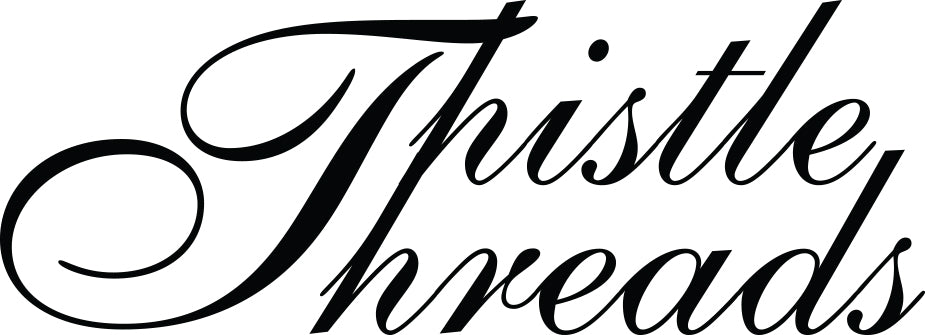Coming Soon
| /
Course Type, Length, and Start Date
Project and Technique
I am recovering from a hand injury and so new 2025 courses are dependent on recovery speed.
If you want to get first notice that this class is registering, sign up on the interest page.
Course Overview
I’ve been dreaming of creating this casket for years, but I didn’t have the right thread until now. In the 17th century, almost all silk purls were wrapped with a silver strip to allow the color to shine through. The highly textured embroideries, with couched or looped frosted silk purls, would shimmer and sparkle as you walked by. I’ve had the privilege of seeing an original piece worked in this style, and it’s absolutely breathtaking.
This floral casket design features four classic animals—lion, leopard, stag, and unicorn—embroidered with a mix of frosted silk purls, plain silk purls, checks, gold threads, and spangles. The soft matte finish of the animals will perfectly complement the glittering flowers that surround them.
The project will be worked on a short flat casket, and will include the full kit—meaning both the box and the finishing materials will come with it. There are only 80 caskets available to divide between this course and the Four Elements Tent Stitch casket course, so spots will be limited (between 30-50 spots depending on interest and material availability).
I’ll be documenting the progress of this project on my YouTube channel, Thistle Threads with Tricia Wilson Nguyen, where you can follow along as the piece takes shape.
Course Flexibility
At Thistle Threads, we understand that life’s commitments can make it difficult to focus on a course every month. That’s why my courses are designed to be self-paced, allowing you to learn at your own rhythm. You can take breaks when needed, and the course material will remain available to you, often serving as a valuable reference for future projects once completed.
Course Access and Delivery
Upon the start date of the course, you’ll receive a username and password to access my teaching site on the Thinkific platform. Logging in will immediately give you access to the first lesson, ready for download. Course materials will primarily be provided in PDF format, but may also include additional resources like videos and stitch animations.
Once the course is completed, you’ll receive access to non-public YouTube playlists, where videos will be available for future reference and continued learning.
Access Timeframe
Course materials must be downloaded within three months of the course's conclusion. During the course, all lessons—including new ones and previously released content—will be accessible. So, if you’re unable to log in during a month, you can always catch up by reviewing any missed lessons at your own pace.
Prerequisites
While there isn't any particular requirements, any stumpwork or silk purl work experience is helpful. The most important need is a willingness to learn.
